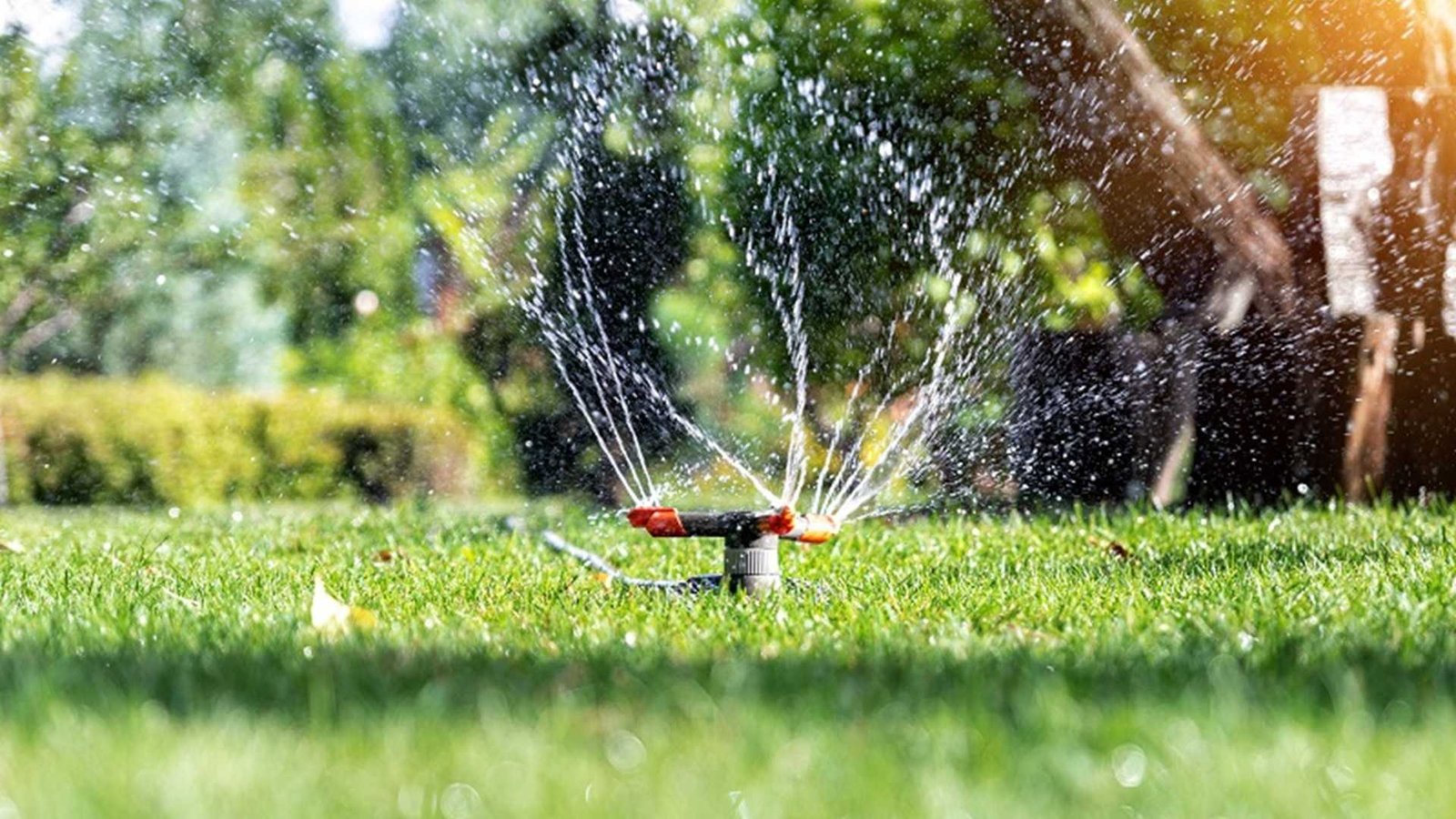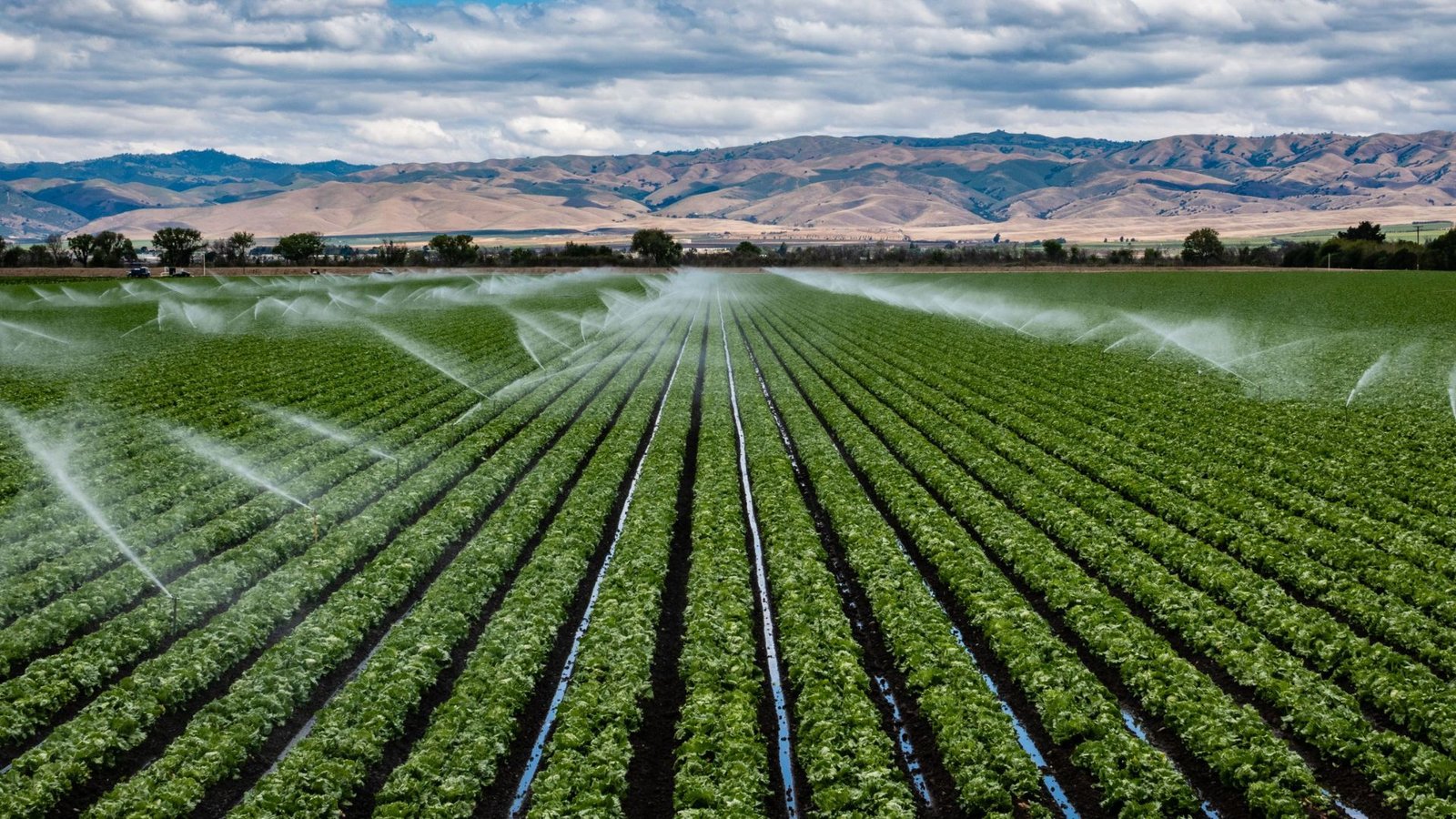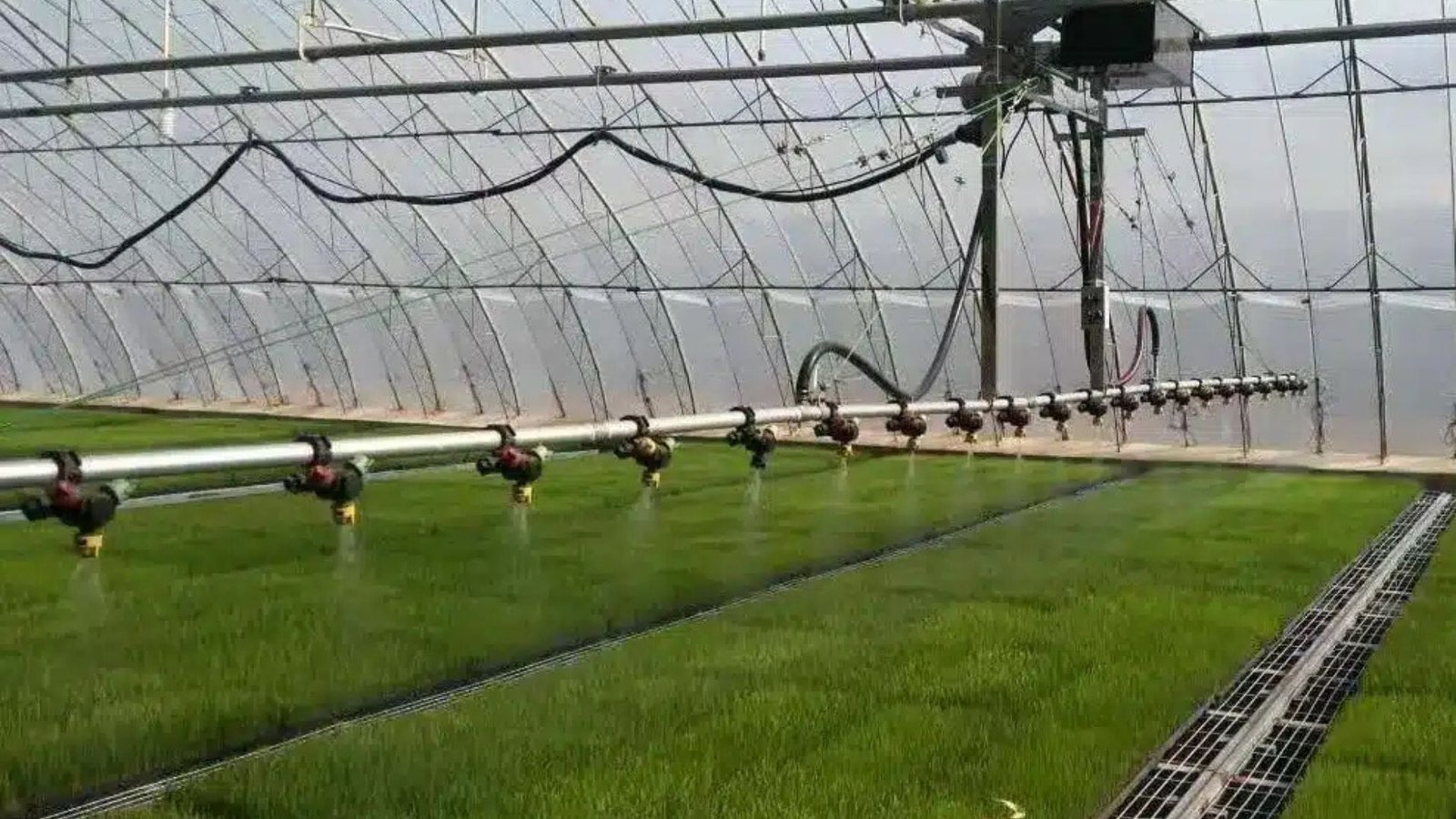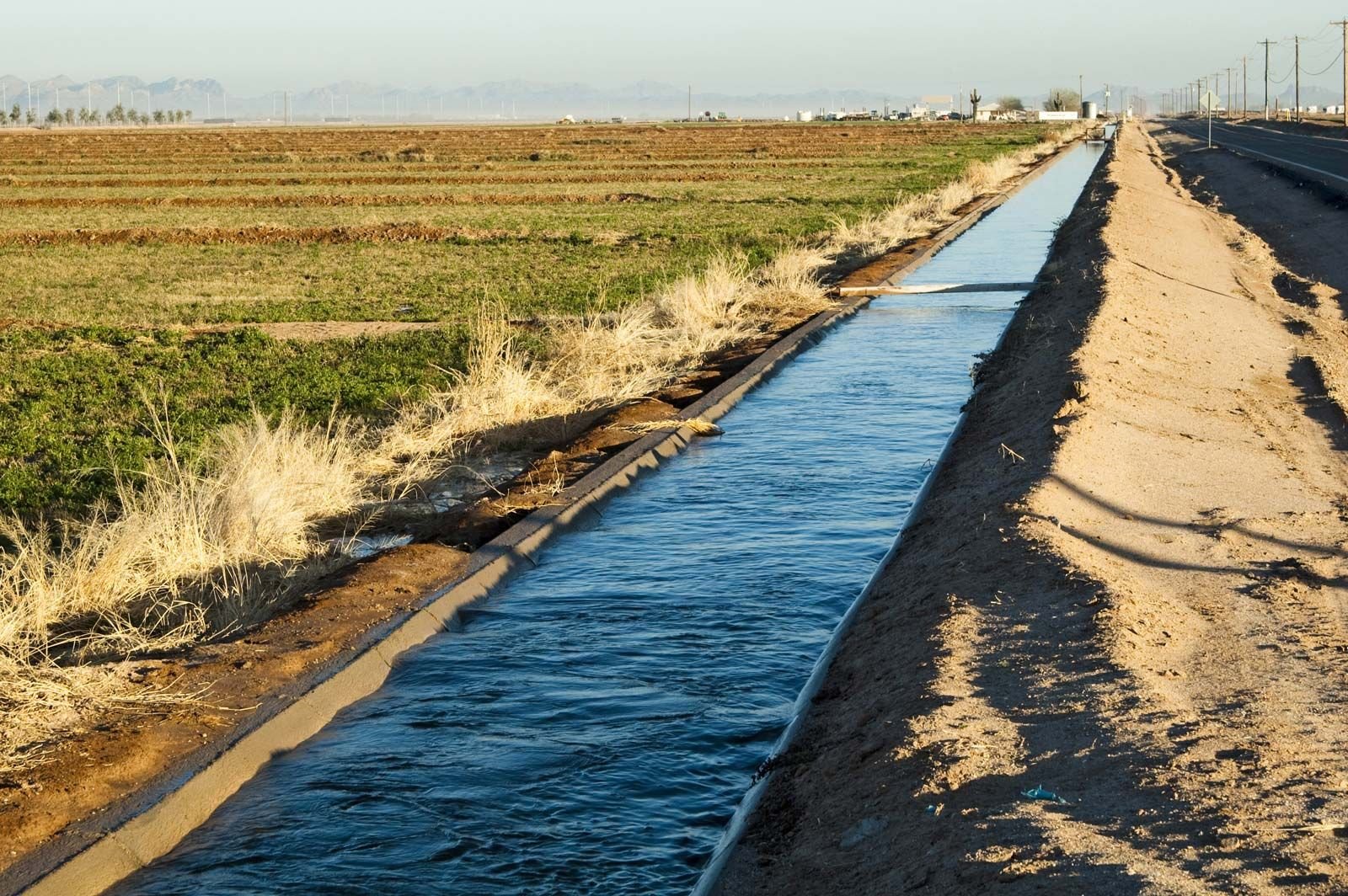When it comes to maintaining a healthy and vibrant landscape, understanding the best approaches to landscape irrigation design is essential. Proper irrigation not only ensures that plants receive the right amount of water but also conserves resources and minimizes costs. In this article, we’ll explore effective methods and strategies to enhance irrigation design for any landscape.
Understanding the Importance of Irrigation Design
Effective irrigation design is critical for sustaining healthy plants and maximizing landscape aesthetics. A well-planned irrigation system ensures that every plant receives the right amount of water, which is vital for growth. It also prevents water waste, which is an essential consideration in today’s world, where water conservation is increasingly important. By implementing the best approaches to landscape irrigation design, you can create a system that is both efficient and environmentally friendly.

1. Assessing Water Requirements
The first step in any irrigation design is to assess the water requirements of your landscape. Different plants have varying needs based on their species, age, and environment. By understanding these needs, you can tailor your irrigation system accordingly. For example, native plants often require less water compared to exotic species. This assessment helps in developing a customized irrigation plan that maximizes efficiency and promotes healthy growth.
2. Soil Evaluation
Soil type plays a significant role in irrigation design. Different soils absorb and retain water at varying rates. For instance, sandy soils drain quickly but do not retain moisture well, while clay soils hold water but can become waterlogged. Conducting a soil evaluation helps you determine the best irrigation method. If your soil retains moisture, you might opt for drip irrigation, whereas sandy soil may benefit from a sprinkler system. Understanding your soil type is crucial for developing an effective irrigation strategy.
3. Choosing the Right Irrigation System
There are several types of irrigation systems to consider when designing your landscape. Some popular options include drip irrigation, sprinkler systems, and soaker hoses. Drip irrigation delivers water directly to the roots, minimizing waste and reducing evaporation. Sprinkler systems can cover larger areas but may require more water and can be less efficient. Soaker hoses, which are buried beneath the soil surface, provide a slow release of water directly to the plants. Each system has its advantages and can be selected based on the specific needs of your landscape.
4. Incorporating Smart Technology
Using smart technology can significantly enhance your irrigation design. Smart controllers can adjust watering schedules based on weather conditions, ensuring that your plants receive adequate moisture without overwatering. Soil moisture sensors are another valuable tool that monitors the moisture level in the soil, allowing for precise irrigation when needed. By incorporating these technologies, you can improve efficiency and conserve water, making your irrigation system more sustainable.
5. Creating Zoning for Irrigation
Another effective approach is to create zones in your irrigation design. Different areas of your landscape may have distinct water needs. For example, a flower bed may require more frequent watering than a lawn. By zoning your irrigation system, you can customize the watering schedule for each area, ensuring that every plant gets the right amount of water. This targeted approach not only conserves water but also promotes healthier plants.
6. Implementing Rainwater Harvesting
Rainwater harvesting is an eco-friendly approach that can complement your irrigation system. Collecting rainwater in barrels or cisterns provides a sustainable water source for your landscape. This method not only reduces reliance on municipal water but also promotes conservation. Incorporating rainwater harvesting into your landscape irrigation design can be an effective way to enhance sustainability and lower water costs.
7. Regular Maintenance
Regular maintenance is essential for any irrigation system to function effectively. Checking for leaks, clogs, and worn-out components ensures that your system operates efficiently. Regular maintenance can help prevent overwatering and water waste, which is critical for conserving resources. Additionally, seasonal adjustments to your watering schedule based on weather changes can optimize performance and protect your landscape.
8. Educating Yourself and Others
Education plays a vital role in enhancing landscape irrigation design. Staying informed about the latest techniques, technologies, and best practices ensures that you can implement the most effective methods. Workshops, online courses, and local gardening groups are excellent resources for learning about irrigation design. Sharing this knowledge with others can also foster a community of water-conscious gardeners.
9. Evaluating Water Conservation Techniques
Incorporating water conservation techniques into your irrigation design is crucial. Using mulch can help retain soil moisture and reduce evaporation, while selecting drought-resistant plants can minimize water needs. Grouping plants with similar water requirements together can also enhance efficiency. By evaluating and implementing these techniques, you can create a more sustainable irrigation system.
10. Monitoring Performance
Finally, monitoring the performance of your irrigation system is vital for ensuring its effectiveness. Regularly assessing how well your system meets the needs of your landscape allows for adjustments and improvements. By tracking water usage and plant health, you can identify areas for enhancement and ensure that your irrigation design remains efficient and effective.
Conclusion
In conclusion, applying the best approaches to landscape irrigation design is essential for maintaining healthy plants and conserving resources. By assessing water requirements, evaluating soil conditions, and selecting the right systems, you can create an effective irrigation strategy. Incorporating smart technology, creating zones, and implementing rainwater harvesting further enhance your design. Regular maintenance and education are crucial for ongoing success, while evaluating water conservation techniques helps promote sustainability. By following these approaches, you can develop a landscape irrigation system that benefits both your plants and the environment.




